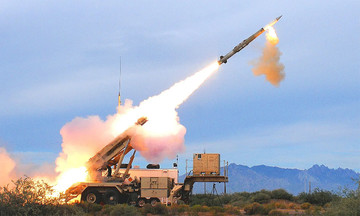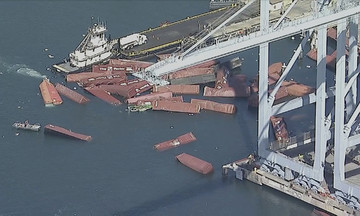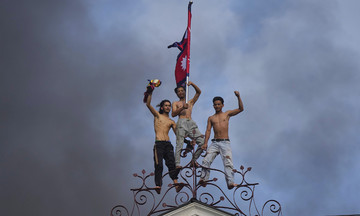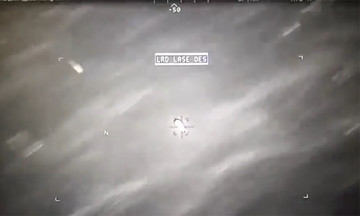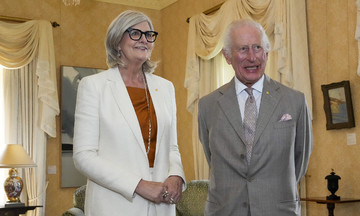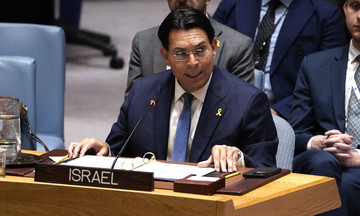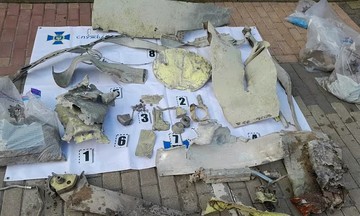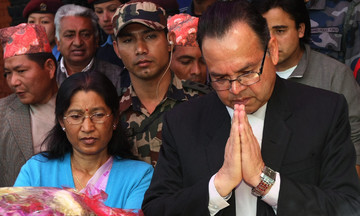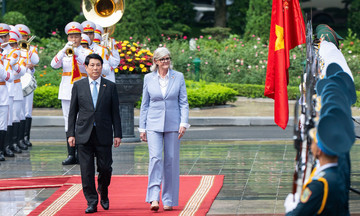Nepal's SetoPati news agency reported on 10/9 that "soldiers have been deployed across the country" to restore order amid escalating protests that have left more than 20 people dead and hundreds injured.
Over the past two days, protests against social media restrictions turned violent as crowds vandalized public property, attacked politicians, and set fire to the parliament building, government offices, and homes of former high-ranking officials.
Earlier, the Nepalese army announced it would take over all security operations starting at 10 p.m. on 9/9. Army Chief of Staff Ashok Raj Sigdel called on protesters to engage in dialogue and seek a peaceful resolution to the current socio-political crisis.
"We urge groups to stop inciting protests and come forward for dialogue for the sake of peace in our country. We need to end this difficult situation, bring things back to normal, protect historical monuments and national heritage, protect public and private property, and ensure the safety of the majority of citizens and diplomatic missions," General Sigdel said.
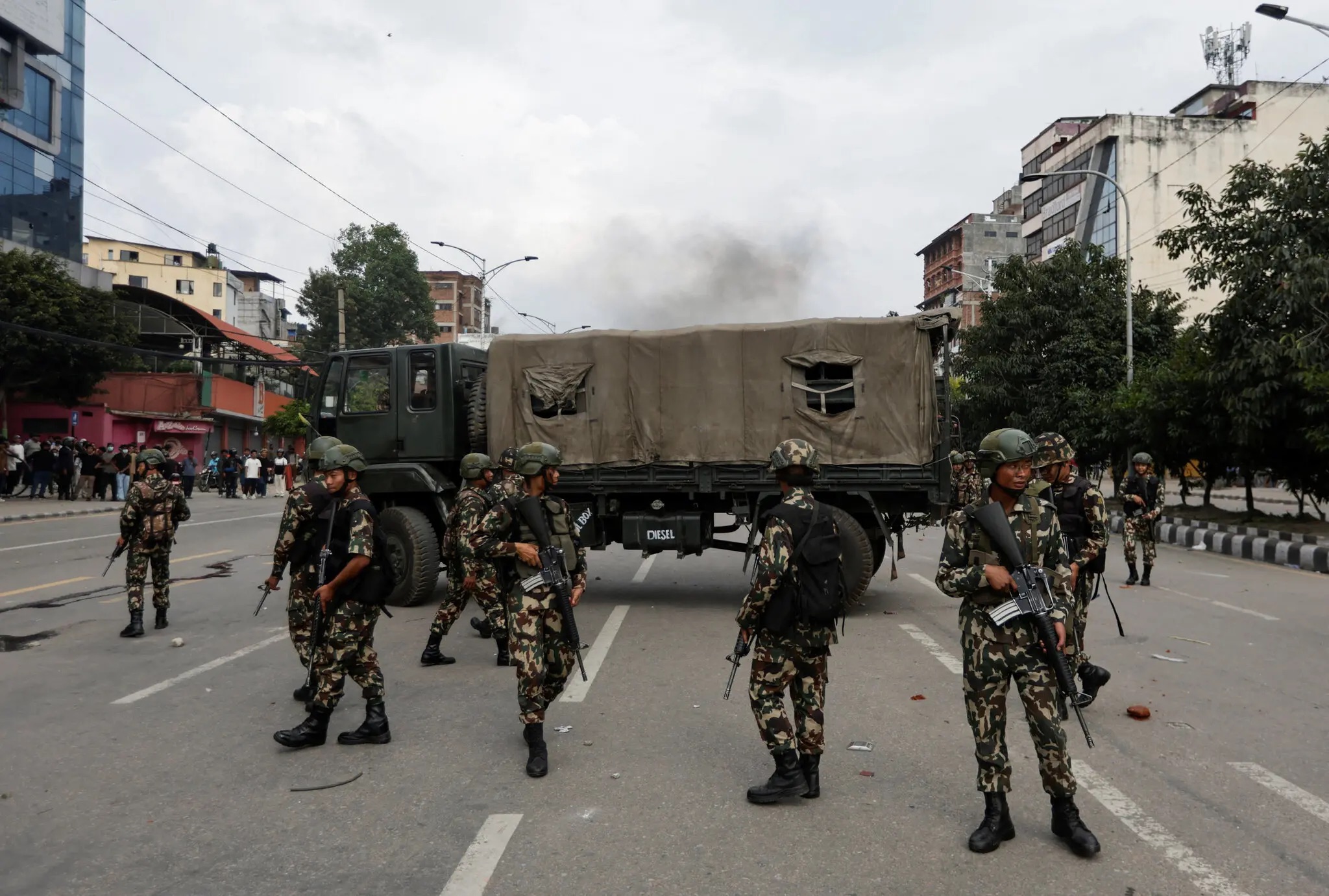 |
Nepalese soldiers stand guard near the parliament building in Kathmandu on 9/9. Photo: Reuters |
Nepalese soldiers stand guard near the parliament building in Kathmandu on 9/9. Photo: Reuters
India's Hindustan Times, citing on-the-ground sources, reported that the Nepalese army set up security checkpoints with armed soldiers in Kathmandu and at Tribhuvan International Airport overnight. Flights to Tribhuvan were delayed until at least midday today. Other airports in Nepal were also asked to suspend operations.
A NY Times reporter on the scene said heavily armed soldiers and police were present in large numbers in Kathmandu on the morning of 11/9, surrounding some protest groups and forcing them to kneel with their hands behind their heads.
Large-scale protests erupted in Nepal on 8/9, with tens of thousands taking to the streets of Kathmandu to express anger after the government blocked most social media platforms, including Facebook, X, YouTube, and Instagram. The government claimed these companies had not registered and complied with government oversight. This has been described as a "Gen Z" protest, referring to those born between 1997 and 2012.
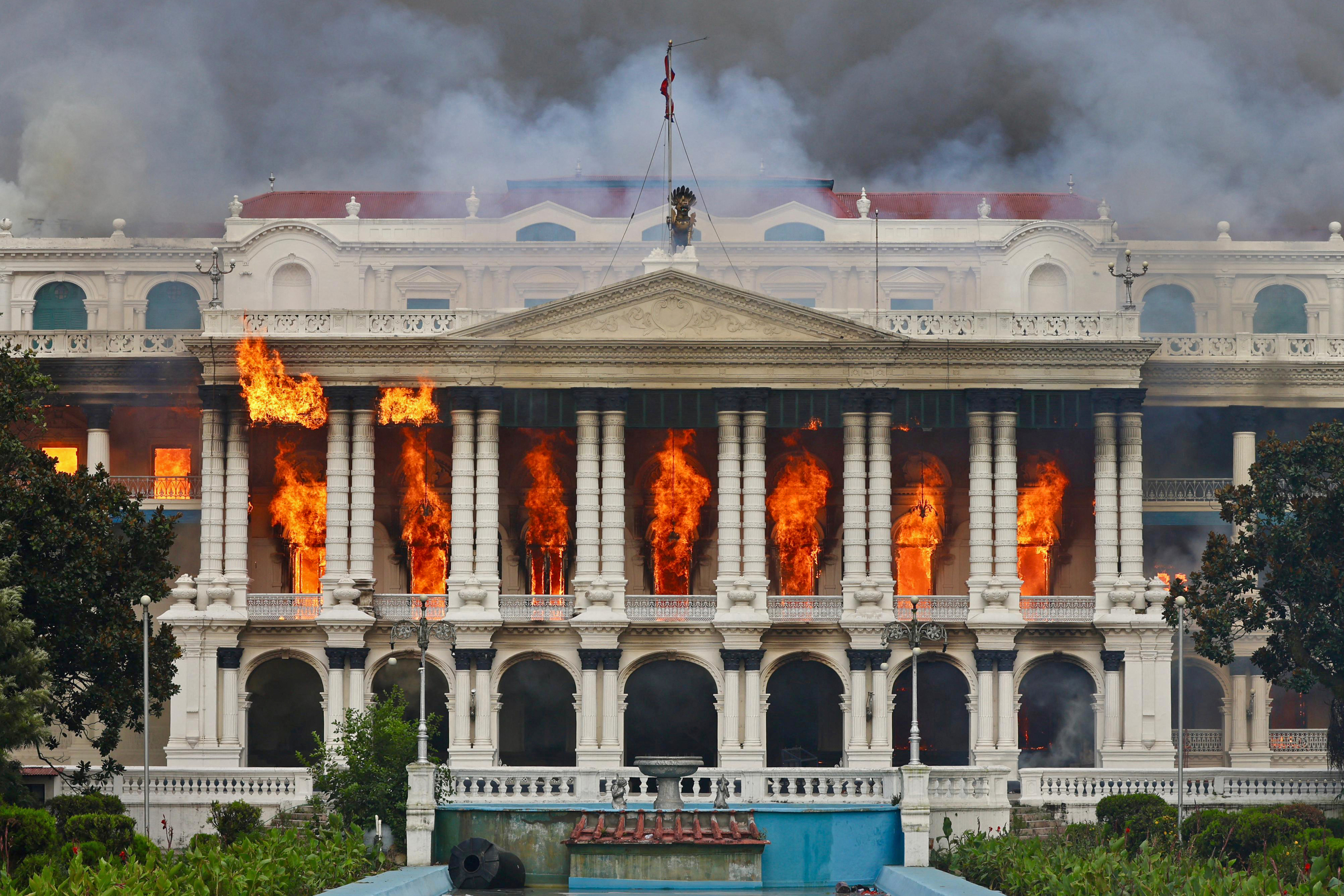 |
The Singha Durbar building, which houses Nepal's government offices, was set on fire by protesters on 9/9. Photo: AFP |
The Singha Durbar building, which houses Nepal's government offices, was set on fire by protesters on 9/9. Photo: AFP
Tensions escalated as the marches turned into protests against corruption in Nepal. Protesters attacked security forces, and police responded with live ammunition, making 8/9 one of the bloodiest days in Nepal's history. The United Nations has called for a prompt and transparent investigation into the situation.
Nepalese Prime Minister KP Sharma Oli resigned on 9/9, but the move failed to calm the situation. Leaders of major security agencies in Nepal issued a joint statement calling on political parties to find a peaceful solution, but the power vacuum left by the departure of several high-ranking officials led to direct military intervention.
The situation in Kathmandu shows no signs of abating and, according to former Indian diplomat Sukh Deo Mani, has "descended into anarchy." International media images show people carrying rifles in the streets of the capital.
Nepalese citizens burned the parliament building, the ruling party's offices, and several government buildings. They attacked the homes of many leaders, including Oli's private residence, those of two former prime ministers, and the home of Interior Minister Ramesh Lekhak, who had resigned earlier to take responsibility for the protest deaths. The wife of former Prime Minister Jhala Nath Khanal was severely burned and died in an arson attack.
Thanh Danh (Via AA, Hindustan Times, NDTV, AP)




